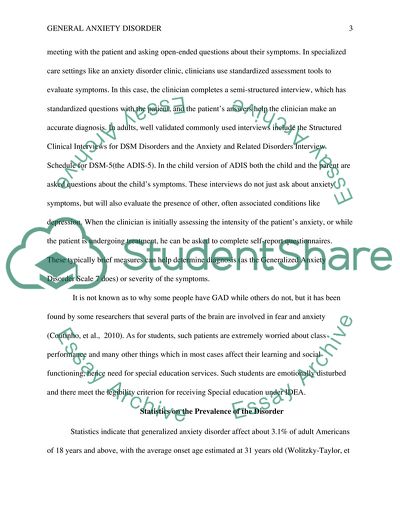Cite this document
(General Anxiety Disorder Coursework Example | Topics and Well Written Essays - 2250 words, n.d.)
General Anxiety Disorder Coursework Example | Topics and Well Written Essays - 2250 words. https://studentshare.org/psychology/1867031-anxiety
General Anxiety Disorder Coursework Example | Topics and Well Written Essays - 2250 words. https://studentshare.org/psychology/1867031-anxiety
(General Anxiety Disorder Coursework Example | Topics and Well Written Essays - 2250 Words)
General Anxiety Disorder Coursework Example | Topics and Well Written Essays - 2250 Words. https://studentshare.org/psychology/1867031-anxiety.
General Anxiety Disorder Coursework Example | Topics and Well Written Essays - 2250 Words. https://studentshare.org/psychology/1867031-anxiety.
“General Anxiety Disorder Coursework Example | Topics and Well Written Essays - 2250 Words”. https://studentshare.org/psychology/1867031-anxiety.


